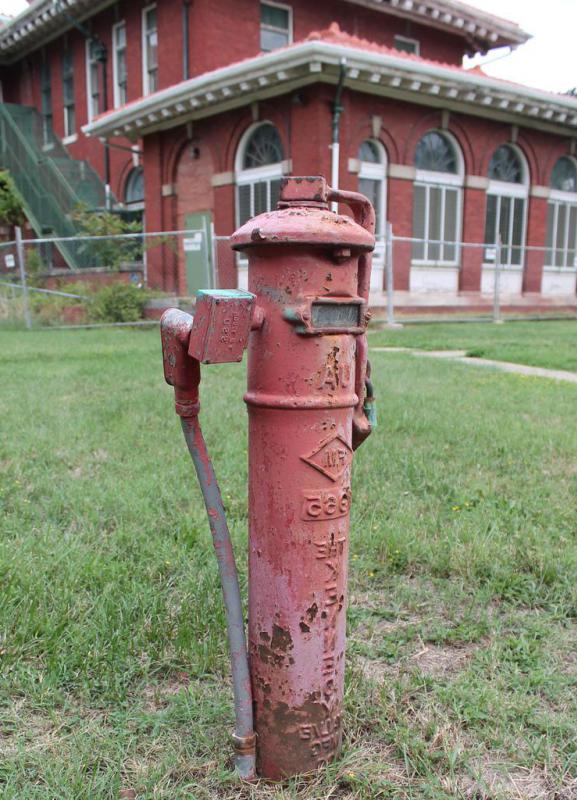At WiseGEEK, we're committed to delivering accurate, trustworthy information. Our expert-authored content is rigorously fact-checked and sourced from credible authorities. Discover how we uphold the highest standards in providing you with reliable knowledge.
What is Passive Fire Protection?
Passive fire protection is one of the two general kinds of fire protection systems. Passive fire protection systems are designed to contain fire and smoke to a limited area and to slow down the burn rate of a residence or commercial building. Examples of passive protection include materials and chemicals that are fire retardant and fire resistant.
Unlike active fire protection, passive fire protection measures are not meant for fire extinguishing; instead, these measures slow down a fire and attempt to restrict the damage to a smaller space. Limiting or slowing down the spread of flames and smoke is important in that it gives people more time to safely evacuate. It can also limit physical or structural damage to a building. In contrast, the purpose of an active fire protection system is to detect and extinguish a fire. Examples of active measures include smoke and fire detectors, alarm systems, and automatic sprinkler systems.

Fire retardant materials inhibit or resist the spread of fire. Drywall containing gypsum is one example of passive protection material. Gypsum is a plaster, also known as calcium sulphate hemihydrate. Plaster generally has a high water content and releases water vapor when exposed to extreme heat, thus slowing down the rate at which it will burn.
Fire resistant materials are those that will not burn and can withstand high temperatures. Walls and floors made with concrete block are considered passive fire protection since concrete does not burn. Steel, on the other hand, can lose its integrity when exposed to high temperatures and collapse in the event of a fire. Concrete maintains its structural integrity under high heat.

Other passive fire protection products include fire stops, fire doors, and fire dampers. A fire stop is any seal placed around doors, wall joints, ceilings, or ducts. Products made up of a substance called intumescent are often used as fire stops. Intumescent swells several times its original size when exposed to high temperatures, thus blocking the spread of fire and smoke. A fire door is specifically designed to reduce the spread of fire and smoke between rooms. Fire dampers used in air conditioning and ventilation ducts prevent the spread of fire and smoke inside the ductwork.

There are a wide variety of flame retardant and flame resistant chemicals in use. Many of these materials are considered hazardous and require special handling by certified and licensed professionals. Many companies are authorized to handle these chemicals and install other passive fire protection products. These companies should be familiar with local building code requirements and other applicable rules and regulations in the areas that they serve.
AS FEATURED ON:
AS FEATURED ON:













Discuss this Article
Post your comments